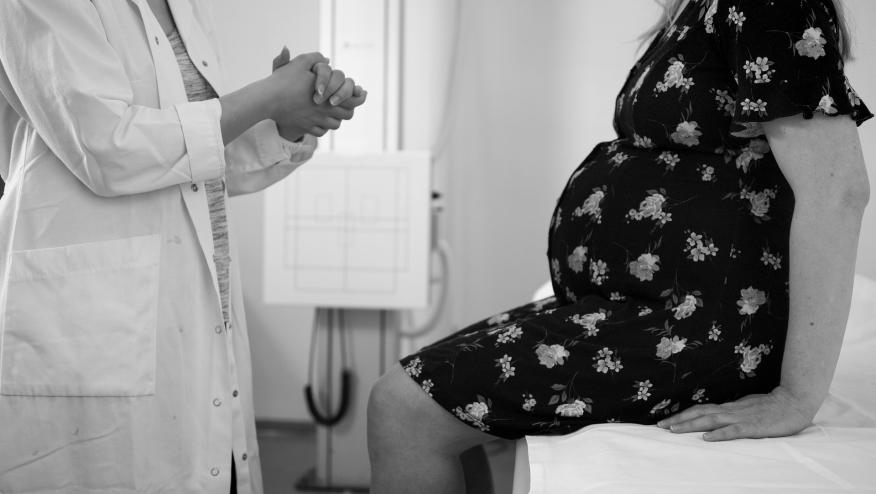Pregnancy in SLE: Risks Extend Beyond Clinical Concerns Save

Pregnancy in patients with systemic lupus erythematosus (SLE) continues to carry significantly elevated risks, with maternal mortality rates nearly five times higher than in the general population. While clinical comorbidities such as lupus nephritis, hypertension, and thrombocytopenia have traditionally dominated risk assessments, new findings presented at EULAR 2025 spotlight the critical—and often underrecognized—role of social determinants of health (SDOH) in shaping maternal outcomes.
Abstract POS1260 examined the impact of SDOH on 30-day readmissions among pregnant and postpartum patients with SLE, using a decade of U.S. hospitalization data and a machine learning approach. Researchers analyzed data from the National Readmissions Database (2011–2021), identifying approximately 66,000 pregnant SLE patients via ICD-9/10 codes. Hospitalizations were categorized as pregnancy- or delivery-related, with 30-day all-cause readmission as the primary outcome. Secondary analyses included length of stay (LOS) and hospitalization costs.
To identify key predictors, the team employed an explainable boosting machine (EBM)—a transparent, interpretable machine learning model. SDOH variables included income quartile by ZIP code and insurance type (public, private, or self-pay).
The study found that 3.6% of pregnancy-related and 2.2% of delivery-related hospitalizations resulted in readmission. Patients in the lowest income quartile had nearly double the readmission rates compared to those in the highest quartile (36% vs. 16%). Public insurance (Medicare/Medicaid) was also a strong predictor of readmission. Non-home discharges were associated with markedly higher risk, and 73% of readmissions occurred at large hospitals, suggesting that volume or case complexity may influence outcomes.
While clinical factors like pre-eclampsia/eclampsia and hypertension remained important, SDOH emerged as powerful, independent predictors of readmission. The study reinforces that SDOH are not peripheral—they are central to understanding which patients are most vulnerable to postpartum complications.
These findings call for a shift in how we define and manage “high-risk” pregnancies in SLE. Incorporating SDOH screening into prenatal care workflows, engaging social work teams early for at-risk patients, and advocating for insurance reforms and expanded Medicaid coverage are essential steps. Recognizing that risk is not solely defined by labs or organ involvement—but also by socioeconomic context—is critical to delivering equitable, proactive care.
By integrating SDOH into traditional risk models, rheumatologists can better identify patients at risk for adverse outcomes and tailor interventions during one of the most vulnerable periods of their lives.










If you are a health practitioner, you may Login/Register to comment.
Due to the nature of these comment forums, only health practitioners are allowed to comment at this time.